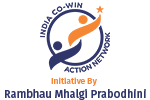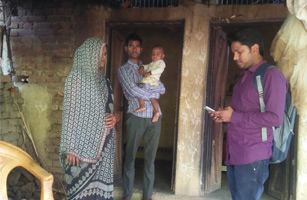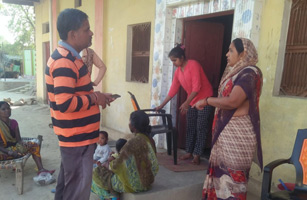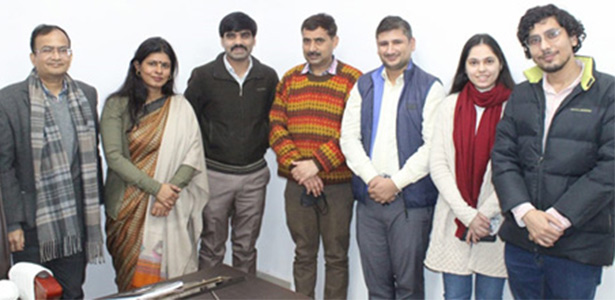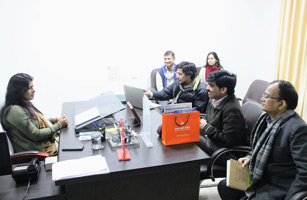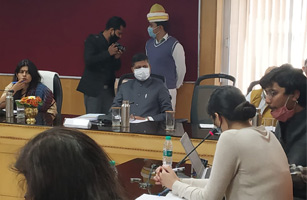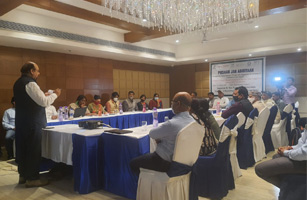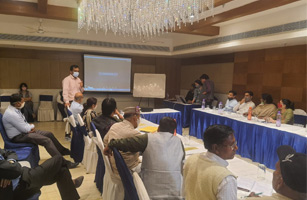One of the major developmental challenges that India faces is malnutrition, which contributes significantly to India’s overall disease burden. Malnutrition has a significant effect on the proper infant and maternal growth and development as well as the socio-economic development.
As per the latest NFHS 5 data for Phase I released recently by the Hon’ble Health Minister, Government of India, that covered 17 states and 5 Union Territories, the Under 5 and infant mortality rate (IMR) has come down in 18 states and union territories but in parallel 16 states recorded an increase in underweight and severely wasted under 5 children among 22 states that were surveyed. Wasting percentage increased in under 5 children in 12 states and UTs in comparison to NFHS-4. The malnutrition indicators have worsened from the last survey, with the proportion of children with stunting rising, wasting going and anaemia. NFHS-5 also showed that 20 states and UTs saw rise in the percentage of overweight children under 5 years of age.
Prevalence of stunted children is higher in rural areas in comparison to urban areas, and it seems to peak at the age 18 to 23 months. Alarmingly, the prevalence of wasting has not declined, and remained at the level, it was three decades ago.
There are various factors which play a pivotal role in chronic malnutrition in children. One of the most important factors is the mother’s nutritional status. Around 36% of the population of women are underweight, and 53% of women and 56% of adolescent girls between 15 and 19 years old suffer from iron deficiency anaemia due to undernourishment in India. The decline in the prevalence of anaemic children and pregnant women has been awfully slow, a decline of 11.5% and 8.5% over a decade, respectively. The problem of malnutrition is inter-generational. Pregnant women and lactating women suffer from malnutrition the most, which will most likely result in a premature or low birth weight baby. This pattern perpetuates through the generations. The first 1000 days (conception to 2 years post-partum) are considered a ‘window of opportunity’ for addressing malnutrition. Another important factor which contributes to the level of malnutrition in India is poor hygiene and sanitation which leads to infections by pathogens and diseases like diarrhoea. According to WHO, 50% of the malnutrition cases are due to diarrhoea.
Government Efforts on Combating Malnutrition
There have been a host of policies in India which have been in practice since 1990 to tackle malnutrition, the key ones being Integrated Child Development Scheme launched in 1975, the National Nutrition Policy 1993, the Mid Day Meal Scheme for school children 1995, and the National Food Security Act 2013, as the prevalence of stunting, wasting and underweight remains high. In 2010, India launched another program, Pradhan Mantri Matritva Vandana Yojana (PMMVY), a maternity benefit program that is a cash transfer scheme for pregnant and lactating women of 19 years of age or above for the first live birth.
The Government of India set up the “POSHAN Abhiyaan” on December 18, 2017 for a period of three years with an overall budget of Rs. 9046 crores. The goal of ‘POSHAN Abhiyaan’ is to achieve improvement in nutritional status of children from 0-6 years, adolescent girls, pregnant women, and lactating mothers in a time-bound manner During the three years, the program aims at achieving fixed targets in terms of improving nutritional outcomes, reduce the levels of stunting, underweight and low birth weight by 2% per annum and anaemia by 3% per annum. As per NFSH5, one of the significant improvements from
